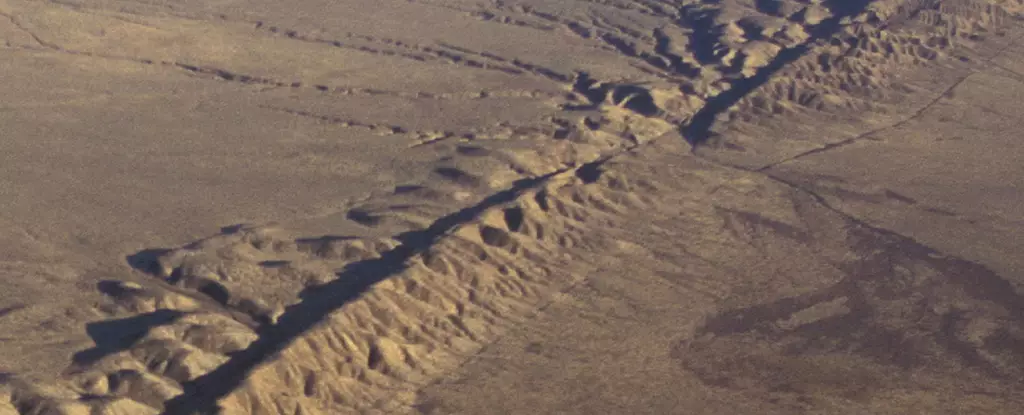Humanity has long been at the mercy of nature’s unpredictable fury, especially when it comes to earthquakes. But beneath our familiar understanding of ground-shaking devastation lies an intricate, almost clandestine process: slow slip earthquakes. These phenomena are not mere geological curiosities but potentially vital indicators of imminent catastrophe or, conversely, the earth’s subtle way of easing tension. Despite their gentle nature, slow earthquakes hide a profound message about the state of our planet’s fault lines. They may be the key to unlocking a future of more accurate predictions, or they could be a misleading whisper that lulls us into complacency.
The recent advances in monitoring technology have allowed scientists to observe these seemingly inconsequential slippages in real time. The significance of this cannot be overstated. Before, these slow releases of energy were dismissed as background noise, insignificant compared to the violent tremors that destroy cities and claim lives. Now, we understand that they serve as the planet’s own pressure valves—releasing built-up strain gradually rather than in catastrophic bursts. But is this a blessing or a curse? Could these gentle slips be misinterpreted, leading us astray in our quest to prevent disaster?
The Double-Edged Sword of Tectonic Slow Mo
The latest research from the University of Texas is eye-opening. The team’s observations at the Nankai Trough, a notoriously volatile subduction zone off Japan’s coast, reveal that slow earthquakes act much like shock absorbers—dispersing energy that might otherwise accumulate and trigger a monumental quake. This insight fuels hope: if we can decode these subtle signals, perhaps we can better forecast when a major quake is imminent, giving communities crucial time to prepare or evacuate.
However, the implications are not entirely optimistic. If slow slip events serve as relief valves, they might temporarily reduce the likelihood of a big quake. But what if they also mask the warning signs? Could the absence of detectable slow slips be a harbinger of danger, signifying that the fault is “locked” and ready to unleash a devastating force? Misjudging or misreading these signals could be catastrophic, leaving populations vulnerable. The fact that some regions—like Cascadia—lack the same level of monitoring accentuates the stark disparity between preparedness and vulnerability.
Furthermore, the role of fluids within fault zones adds another layer of complexity. High fluid pressures can influence how stress is released—sometimes facilitating slow slips, other times escalating to full-blown earthquakes. If these fluids are part of the coupling process, then our understanding of the earth’s inner workings remains incomplete. This makes predictive modeling a perilous endeavor, susceptible to oversimplification or false assurances.
The Promise of Technological Breakthroughs—And Its Peril
What sets these recent studies apart is the remarkable evolution of sensor technology. The ability to detect ground shifts of mere millimeters, or even less, has transformed our capacity to listen to the earth’s subtle whispers. This technological progress is a double-edged sword; while it enhances our understanding, it also raises questions about overconfidence. Will we ever be able to predict earthquakes with certainty, or are we merely improving our probabilistic guesses?
Some skeptics argue that focusing heavily on slow slip events might distract us from the more pressing question: can we truly prevent earthquakes? They warn against over-reliance on models that interpret these signals as definitive alarms. Yet, the tide of evidence suggests that ignoring these slow earthquakes is a perilous mistake. Ignoring the earth’s delicate tempering process could leave us unprepared for the inevitable—that catastrophic event that lurks in the future like an unpredictable predator.
In the end, the pursuit of understanding these slow earthquakes serves a greater purpose: fostering vigilance and resilience. While not a panacea, advancements in monitoring can tip the scales of luck and preparedness in our favor. Humanity’s challenge is to remain critically aware of the limitations of our knowledge, to avoid complacency rooted in false security, and to capitalize on every technological inch gained in decoding the earth’s silent signals. Only then can we hope to turn a natural threat into a manageable, if not predictable, aspect of our coexistence with the planet.


Leave a Reply